India is quite possibly the birthplace of chess, with the four branches of the ancient Indian army, infantry, cavalry, chariots and war elephants, morphing into the pawns, knights, rooks and bishops of the modern game. The most celebrated protagonist of Indian chess is former world champion, Viswanathan Anand. Nevertheless, behind him are surging younger generations of Indian grandmasters, some of whom (e.g. Dommaraju Gukesh and Rameshbabu Praggnanandhaa) are still barely into their teens.
In the slightly older generation, mid-twenties, are such accomplished practitioners as Vidit Santosh Gujrathi, who made his presence strongly felt when he came, saw and conquered with a spectacular victory against ex-world champion Vladimir Kramnik at Wijk aan Zee in January (see this column of 9 February). Vidit has now scored a further noteworthy performance, sharing second prize at Prague behind only Vitiugov, and winning the following filigree endgame against a one-time world title challenger.
Vidit-Gelfand; Prague Masters 2019; Petroff Defence
1 e4 e5 2 Nf3 Nf6 3 Nxe5 d6 4 Nf3 Nxe4 5 Nc3 Nxc3 6 dxc3 Be7 7 Be3 This line was invented by Aron Nimzowitsch. For example the game Nimzowitsch-Marshall, San Sebastian 1911 continued 7 Bd3 Nc6 8 Be3 Bg4 9 Be4 Qd7 10 Qd2 0-0-0 11 0-0-0 and was eventually drawn. 7 … 0-0 8 Qd2 Nd7 9 0-0-0 Nf6 10 Bd3 c5 11 Kb1 b5 (diagram 1) 12 Rhe1 This is a new try. 12 Bxb5 as in Sanal-Antic, Belgrade 2018 is very risky. The game continued 12 … Rb8 13 Bd3 Be6 when White blundered with 14 Ng5 (14 c4 is equal), allowing 14 … Bxa2+! 15 Kc1 (15 Kxa2 Qa5+ 16 Kb1 Rxb2+ leads to mate) 15 … Rxb2 and White is completely lost although he somehow managed to draw. 12 … Rb8 Black would do better to play 12 … c4 at once, when the white bishop will be forced to retreat. By delaying he allows White a tactical trick. 13 Bg5 c4 14 Nd4 The threat to fork on c6 gains important time for White. 14 … Bd7 15 Nf5 Bxf5 16 Bxf5 Ne4 17 Bxe4 Bxg5 18 Qxd6 Qxd6 19 Rxd6 Rfe8 20 Rdd1 Kf8 21 Bc6 Rxe1 22 Rxe1 Opposite-coloured bishop endgames are notoriously drawish but White has good chances here as the black queenside pawns are vulnerable. 22 … Bf6 23 a3 g6 24 g3 a6 25 Re2 Be7 26 Kc1 Rb6 27 Bd7 Rd6 28 Rd2 Rf6 29 Kd1 Bc5 30 Ke1 Ke7 31 Bc8 Probing the queenside weaknesses. 31 … Rc6 32 Re2+ Kd8 33 Bb7 Rf6 34 Bd5 Rf5 35 Bb7 Rf6 36 f4 (diagram 2) 36 … h5 This looks wrong as it fixes a further pawn on a light square and also means that a subsequent f4-f5 from White will gain strength. 37 h4 Rd6 38 Re5 Rb6 Black’s problem is that after 38 … Ba7 39 Rd5 Rxd5 40 Bxd5 Ke7 41 Bb7 White picks off a further pawn. 39 Rxc5 Rxb7 40 Rc6 a5 41 f5 The seamy side of Black’s 36th is exposed by this advance. 41 … Kd7 42 Ra6 gxf5 43 Rf6 Ke7 44 Rxf5 b4 45 axb4 axb4 46 Kd2 Black resigns
Got something to add? Join the discussion and comment below.
Get 10 issues for just $10
Subscribe to The Spectator Australia today for the next 10 magazine issues, plus full online access, for just $10.
You might disagree with half of it, but you’ll enjoy reading all of it. Try your first month for free, then just $2 a week for the remainder of your first year.

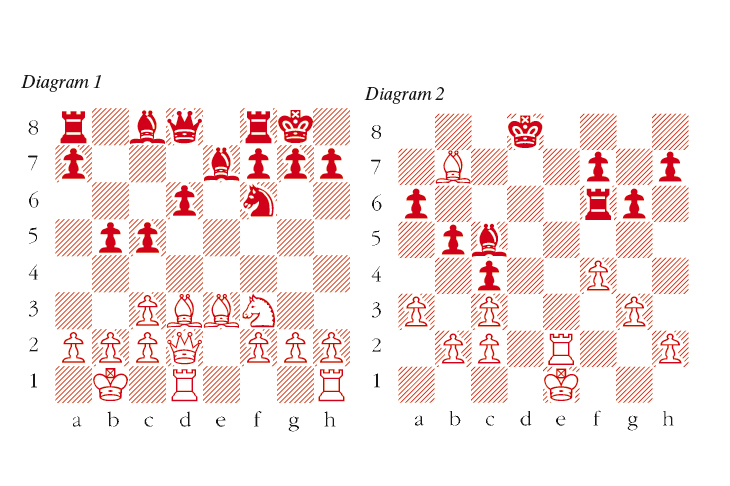

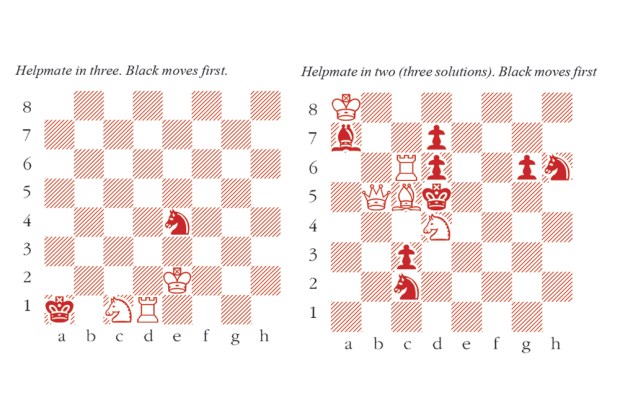
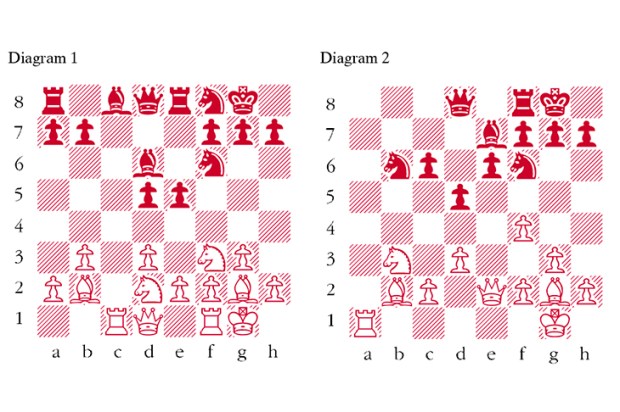
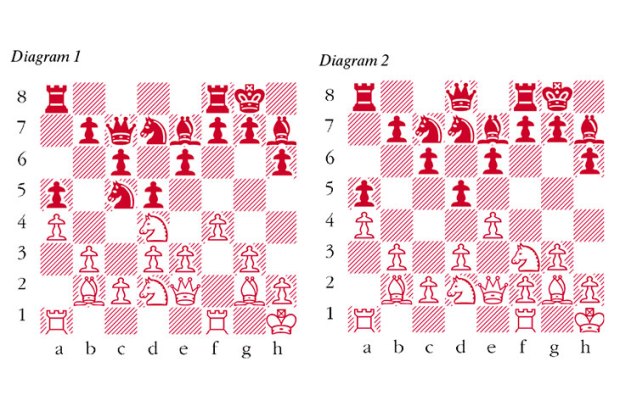
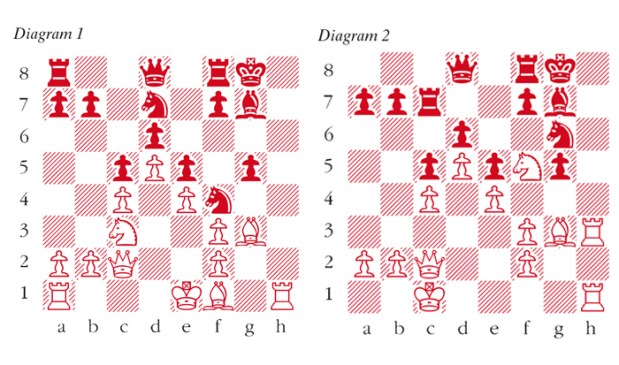
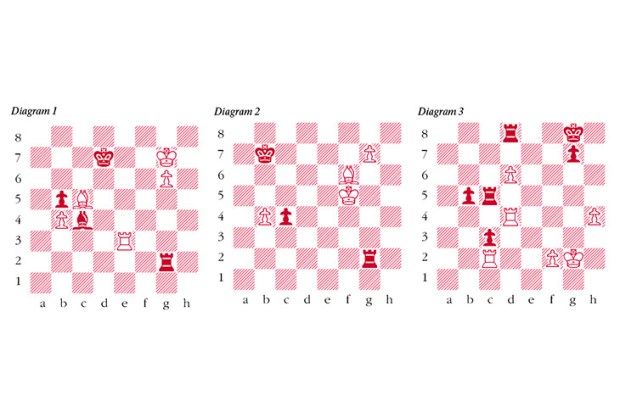






Comments
Don't miss out
Join the conversation with other Spectator Australia readers. Subscribe to leave a comment.
SUBSCRIBEAlready a subscriber? Log in